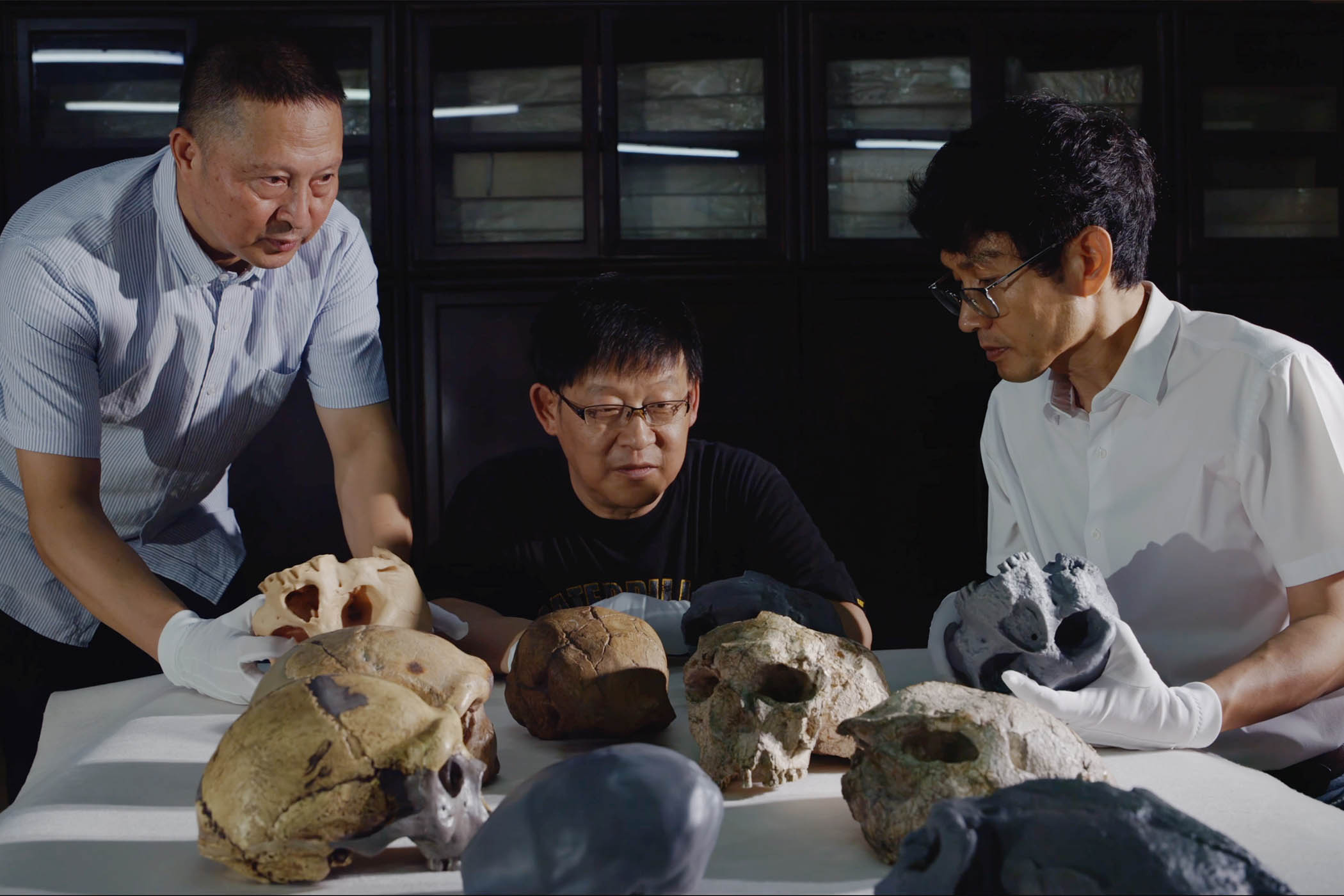A study of a million-year-old skull from China has potentially rewritten the early chapter of human evolution.
So what? Modern humans, or Homo sapiens, were thought to have evolved from a common ancestor that emerged some 600,000 years ago. This process was understood to have started in Africa, with Homo sapiens eventually emerging to colonise the rest of the world. But new research suggests that
•
evolution took place across Eurasia, not just in Africa;
•
the lineage of modern humans is at least 400,000 years older than believed; and
•
scientists have been looking in the wrong time period for humanity’s common ancestor.
Previous understanding. The ‘Out of Africa’ theory became scientific consensus in the 1990s, based on fossil discoveries and genetic analyses of living people. The original version stated that Homo sapiens developed in Africa, appearing some 200,000 years ago and then leaving the continent in a single migration that happened roughly 60,000 years ago.
New ideas. In recent years new research has challenged this hypothesis, with the most compelling evidence coming from East Asia. A study published last month by researchers from China and the Natural History Museum is perhaps the most revolutionary yet.
Specimen. It focuses on a skull called Yunxian 2, which was unearthed in a tributary of the Yangtze River in 1990. The fossil was badly crushed and originally identified as Homo erectus, an archaic hominid that left Africa 1.8 million years ago before dying out.
Looking again. Using CT scans and digital imaging, the researchers virtually restored the original shape of the million-year-old skull. They revealed that it had a large brain cavity. The team concluded it belongs not to Homo erectus but another human ancestor group called Homo longi, a much closer cousin of modern humans only named in 2021.
Early dawn. The consequences are significant. It indicates that distinct subspecies of early humans, including the precursor to Homo sapiens, co-existed a million years ago and that these groups did not split apart only 600,000 years ago, as previously thought.
Implications. This finding has implications for something called the ‘Muddle in the Middle’, a part of the fossil record that spans roughly 300,000 to a million years ago. It comprises a confusing jumble of specimens that don’t fit into any of the known groups of early humans.
Look again. Scientists have long searched for the common ancestor of modern humans in the muddle. If the study is correct, this was mistaken. It recasts the period as an era of parallel evolution, with different groups co-existing and then dying out, and indicates that this common ancestor is at least a million years old.
Takeaway. Previously Homo erectus was the only group thought to have lived one million years ago. “If we’re right, it means there’s a lot that will need rethinking,” Chris Stringer from the Natural History Museum told The Observer. “Suddenly, one million years ago becomes a much more interesting period, when more species were around.”
Back to Africa. Stringer and his colleagues do not question whether an ‘Out of Africa’ event took place. But they believe the ancestors of Homo sapiens may have first emerged in Eurasia and then migrated to Africa. Long after, Homo sapiens spread to the rest of the world.
Known unknowns. It is unclear why this happened. Other unanswered questions include why early humans who existed alongside Homo sapiens died out, including Homo longi and the Neanderthals.
What’s more… Other fossils found in East Asia and elsewhere are yet to be identified. Further studies could shine more light on the trajectory of human evolution.
Photograph by Mr Guanghui Zhao/ Natural History Museum

